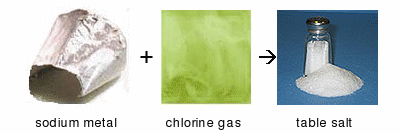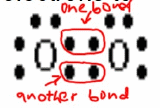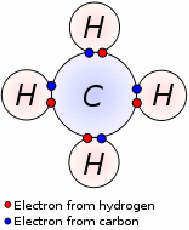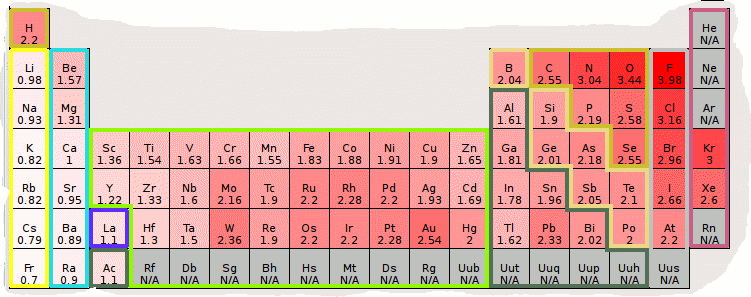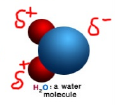User:Phaello/sandbox/Chemistry/Chemical Bonding
From WikiEducator
< User:Phaello | sandbox | Chemistry
Contents
Chemical Bonding
|
|
Ionic Bonding
|
Covalent Bonding
|
|
Polar and Non-polar Covalent Bonds
Electronegativity
Periodic Table Showing Electronegativity values of elements
|
|
Refer to the following websites for more information
